Exploring Osteoarthritis Treatment Options in Germany

Osteoarthritis, a degenerative joint disease, can significantly impact one's quality of life, causing pain, stiffness, and reduced mobility. If you're exploring treatment options, you may have heard about the high standard of medical care in Germany. For decades, Germany has been a global leader in orthopedics, offering a wide spectrum of treatments for osteoarthritis that are both effective and innovative. The German approach to osteoarthritis is holistic, focusing not just on treating the symptoms but on preserving joint function and improving the patient's overall well-being. This commitment to quality and patient-centric care is why so many international patients choose Germany for their osteoarthritis treatment.
From the moment you begin your journey, you'll find that German clinics prioritize a thorough diagnosis to create a personalized treatment plan. This plan may include a combination of non-surgical therapies, such as physiotherapy and advanced injections, or, if necessary, state-of-the-art surgical interventions like minimally invasive joint replacement. The country's medical facilities are equipped with cutting-edge technology and staffed by highly experienced and specialized orthopedic surgeons. This guide will walk you through the various aspects of osteoarthritis treatment in Germany, from the types of therapies available to the costs and what to expect from the top orthopedic clinics.
What are the common non-surgical treatments for osteoarthritis in Germany?
In Germany, the approach to treating osteoarthritis often begins with a conservative, non-surgical route, especially in the early stages of the disease. The goal is to alleviate pain, improve joint function, and slow the progression of the condition. Physiotherapy is a cornerstone of this approach. A tailored exercise program can help strengthen the muscles around the affected joint, which in turn provides better support and reduces stress on the joint. German physiotherapists are highly trained and work closely with orthopedic specialists to develop individualized plans.
Pain management is another critical component. While over-the-counter pain relievers may be sufficient for mild symptoms, German doctors may prescribe stronger anti-inflammatory medications for more severe pain. However, there is a strong emphasis on minimizing the long-term use of these drugs. Instead, they are often used to manage pain to a level where the patient can effectively participate in physiotherapy. Additionally, lifestyle modifications, such as weight management and adopting a joint-friendly diet, are strongly encouraged.
- Manual Therapy: This involves hands-on techniques to mobilize the joints and soft tissues to reduce stiffness and improve range of motion.
- Orthopedic Aids: Braces, splints, or shoe inserts may be recommended to provide support and correct alignment issues that can exacerbate osteoarthritis.
- Patient Education: German clinics place a strong emphasis on educating patients about their condition so they can actively participate in their own care.
What surgical options are available for osteoarthritis in Germany?
When non-surgical treatments are no longer effective, or for advanced cases of osteoarthritis, surgery may be recommended. Germany is renowned for its expertise in orthopedic surgery, with a focus on preserving as much of the natural joint as possible. Arthroscopy, a minimally invasive procedure, is often used for diagnostic purposes and to treat minor cartilage damage. During an arthroscopy, a small camera is inserted into the joint, allowing the surgeon to see the extent of the damage and, in some cases, to clean out debris or repair torn cartilage.
For more severe osteoarthritis, joint replacement surgery is a common and highly successful option. German surgeons are skilled in both partial and total joint replacements. A partial joint replacement, or unicompartmental knee replacement, is an option when the damage is confined to one part of the joint. This procedure is less invasive than a total joint replacement and often results in a quicker recovery. A total joint replacement, or arthroplasty, involves replacing the entire joint with a prosthesis. German clinics use high-quality, durable implants and often employ computer-assisted and robotic-arm-assisted surgical techniques to ensure precise placement and a long-lasting result.
Another surgical option, particularly for younger, active patients, is an osteotomy. This procedure involves cutting and reshaping the bone to shift weight from the damaged part of the joint to a healthier area. This can delay the need for a joint replacement for several years.
Is stem cell therapy for osteoarthritis available in Germany?
Germany is at the forefront of regenerative medicine, and stem cell therapy is an increasingly popular treatment for osteoarthritis. This innovative therapy uses the body's own stem cells to promote the healing of damaged cartilage. The stem cells are typically harvested from the patient's own bone marrow or adipose (fat) tissue. Once harvested, the stem cells are concentrated and then injected directly into the affected joint.
The theory behind stem cell therapy is that these cells can differentiate into new cartilage cells, and they also release anti-inflammatory proteins that can reduce pain and swelling. While still considered a relatively new treatment, the results from German clinics have been promising, with many patients experiencing significant pain relief and improved joint function. It's important to note that stem cell therapy is most effective for patients with mild to moderate osteoarthritis, as it is less likely to be successful in cases of severe, bone-on-bone arthritis.
What is the role of PRP therapy in treating osteoarthritis in Germany?
PRP therapy is another regenerative treatment offered in Germany for osteoarthritis. This procedure involves drawing a small amount of the patient's blood and spinning it in a centrifuge to separate the platelets. The resulting platelet-rich plasma is then injected into the affected joint. Platelets are known for their role in blood clotting, but they also contain growth factors that can stimulate tissue repair and reduce inflammation.
PRP therapy is considered a safe and minimally invasive treatment option. It is often used for patients who are not yet candidates for surgery or who want to avoid more invasive procedures. The treatment is typically administered in a series of injections over several weeks. Many patients report a significant reduction in pain and an improvement in their ability to perform daily activities. Like stem cell therapy, PRP is most effective in the earlier stages of osteoarthritis.
How much do hyaluronic acid injections for osteoarthritis cost in Germany?
Hyaluronic acid injections, also known as viscosupplementation, are a common treatment for osteoarthritis of the knee in Germany. Hyaluronic acid is a natural component of the synovial fluid that lubricates the joints. In people with osteoarthritis, the concentration of hyaluronic acid in the joint fluid is often lower than normal. These injections are designed to supplement the natural hyaluronic acid, thereby improving lubrication and reducing pain.
The cost of hyaluronic acid injections can vary depending on the specific product used and the clinic. A single injection can cost between €150 and €350. A full course of treatment may involve one to five injections, administered over several weeks. While not a permanent solution, many patients experience pain relief for several months to a year after treatment.
What is the approximate cost of osteoarthritis surgery in Germany?
The cost of osteoarthritis surgery in Germany is influenced by several factors, including the type of surgery, the complexity of the procedure, the hospital, and the surgeon's fees. While the costs may be higher than in some other countries, they reflect the high quality of care, advanced technology, and expertise of the medical teams.
Here is a general overview of the approximate costs for common osteoarthritis surgeries in Germany:
| Surgical Procedure | Approximate Cost Range (in Euros) |
|---|---|
| Knee Arthroscopy | €5,000 - €8,000 |
| Partial Knee Replacement | €12,000 - €18,000 |
| Total Knee Replacement | €15,000 - €25,000 |
| Total Hip Replacement | €15,000 - €25,000 |
It's important to get a detailed cost estimate from the clinic before making a decision. This estimate should include all associated costs, such as the surgeon's fee, hospital stay, anesthesia, and any necessary pre-operative tests.
What does rehabilitation for osteoarthritis in Germany involve?
Rehabilitation is a crucial part of osteoarthritis treatment in Germany, both before and after surgery. The goal of rehabilitation is to restore joint function, reduce pain, and help patients return to their normal activities. German rehabilitation centers are known for their comprehensive and individualized programs.
A typical rehabilitation program may include:
- Physiotherapy: To improve strength, flexibility, and range of motion.
- Occupational Therapy: To help patients with daily activities and recommend any necessary assistive devices.
- Pain Management: Using a variety of techniques, including medication, massage, and hydrotherapy.
- Patient Education: To teach patients how to manage their condition long-term.
For patients who have undergone surgery, rehabilitation typically begins within a day or two of the procedure. The length of the rehabilitation program can vary depending on the individual's needs but often lasts for several weeks.
What is the process for international patients seeking osteoarthritis treatment in Germany?
German clinics are well-equipped to handle international patients and often have dedicated international offices to assist with the process. The first step is usually to make an initial inquiry, which can often be done online. You will be asked to provide your medical records, including any X-rays or MRI scans, for review by the orthopedic specialists.
Once your records have been reviewed, you will receive a detailed treatment plan and a cost estimate. If you decide to proceed with treatment, the international office will assist you with all the necessary arrangements, including scheduling appointments, arranging for a medical visa if required, and providing recommendations for travel and accommodation. Many clinics also offer translation services to ensure clear communication between you and your medical team.
What are the benefits of choosing Germany for osteoarthritis treatment?
There are many reasons why Germany is a top destination for osteoarthritis treatment. The country's healthcare system is consistently ranked among the best in the world, and its orthopedic clinics are known for their excellence. The high standards of medical training and the rigorous certification process for doctors ensure that you will be treated by highly skilled and experienced specialists.
Furthermore, German clinics are early adopters of new technologies and treatment methods. This means that you will have access to the latest and most effective treatments available. The comprehensive and patient-centered approach to care, from diagnosis to rehabilitation, ensures that you will receive the best possible outcome for your condition.
Ready to explore your options for osteoarthritis treatment in Germany? Explore PlacidWay for access to top-rated clinics and personalized treatment packages.


.png)


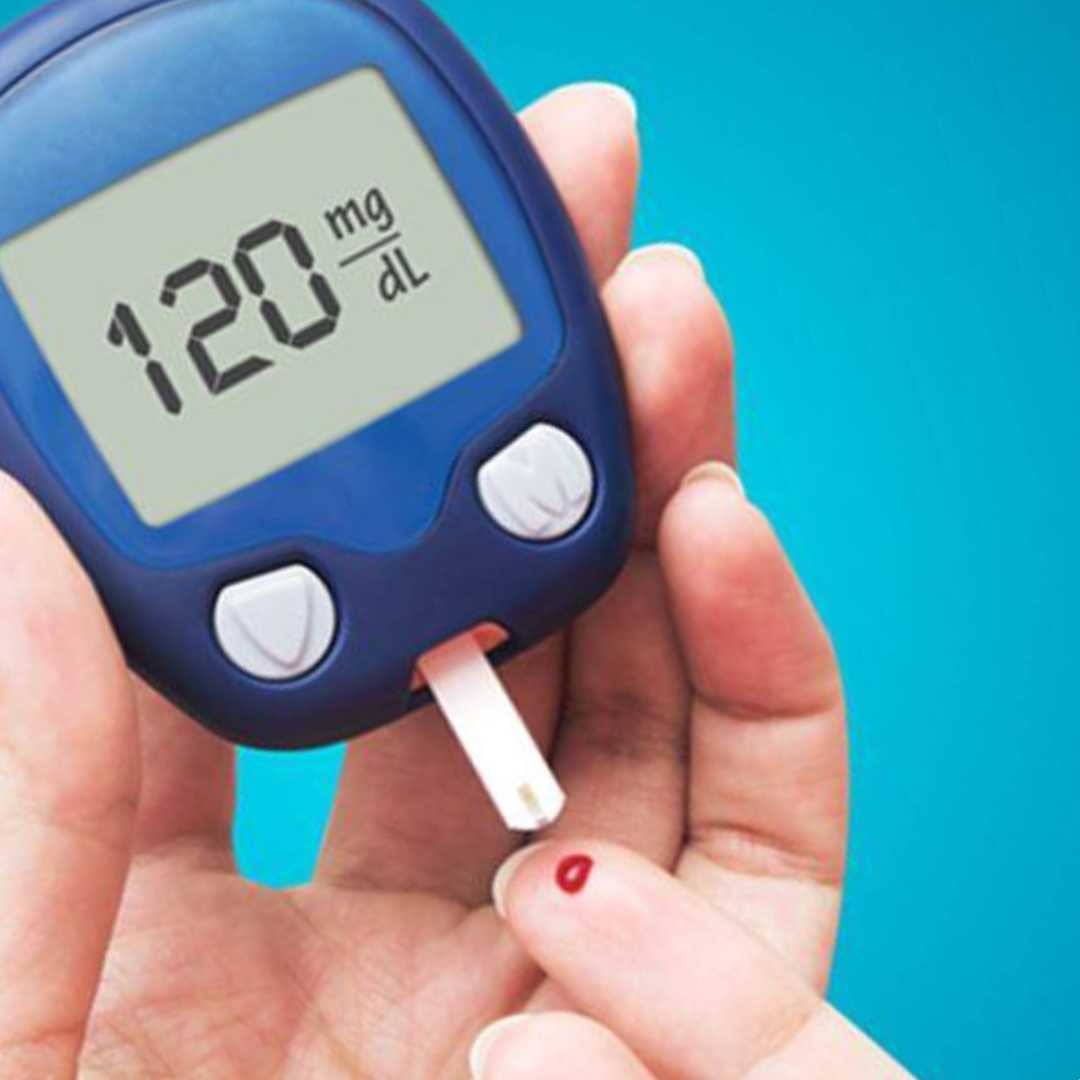

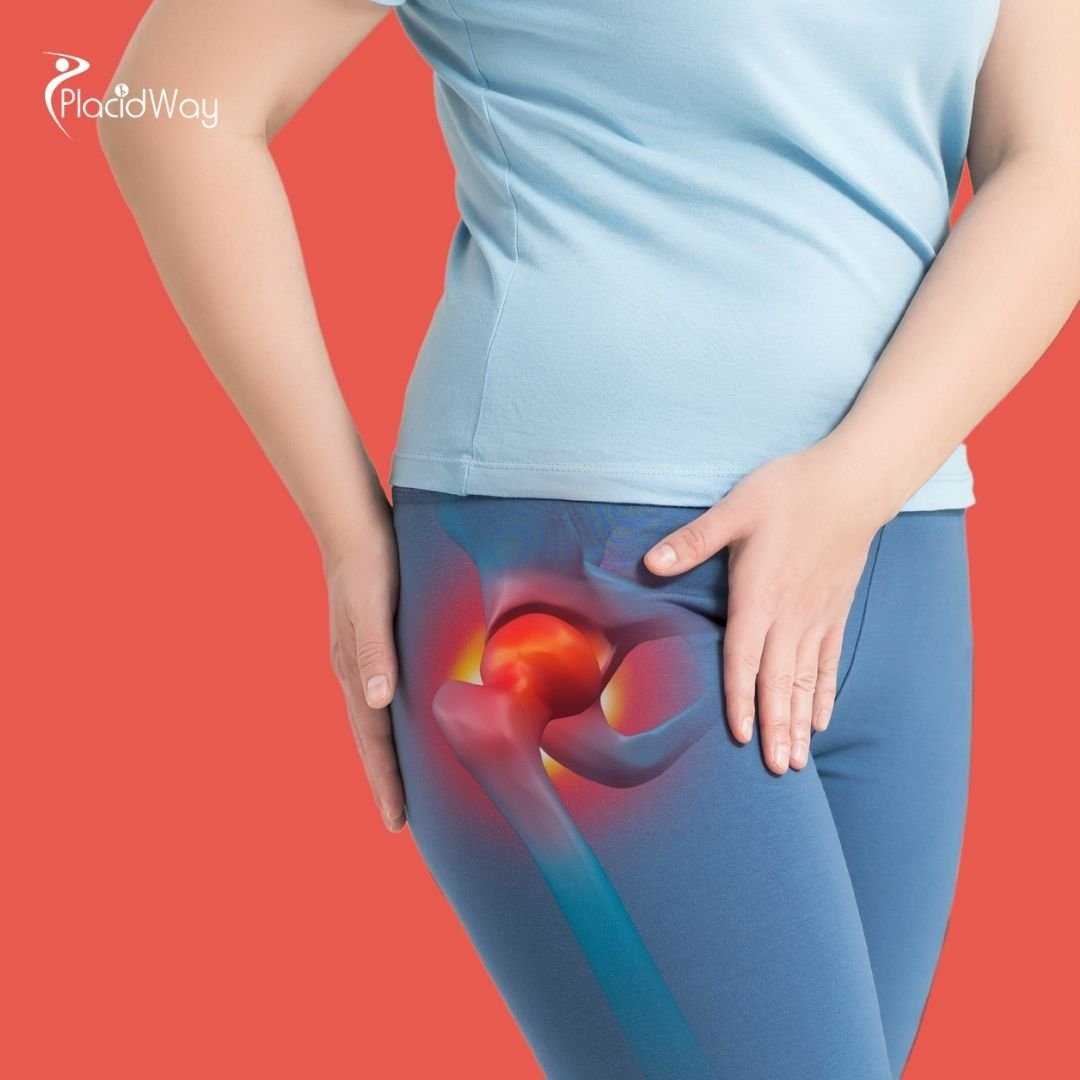
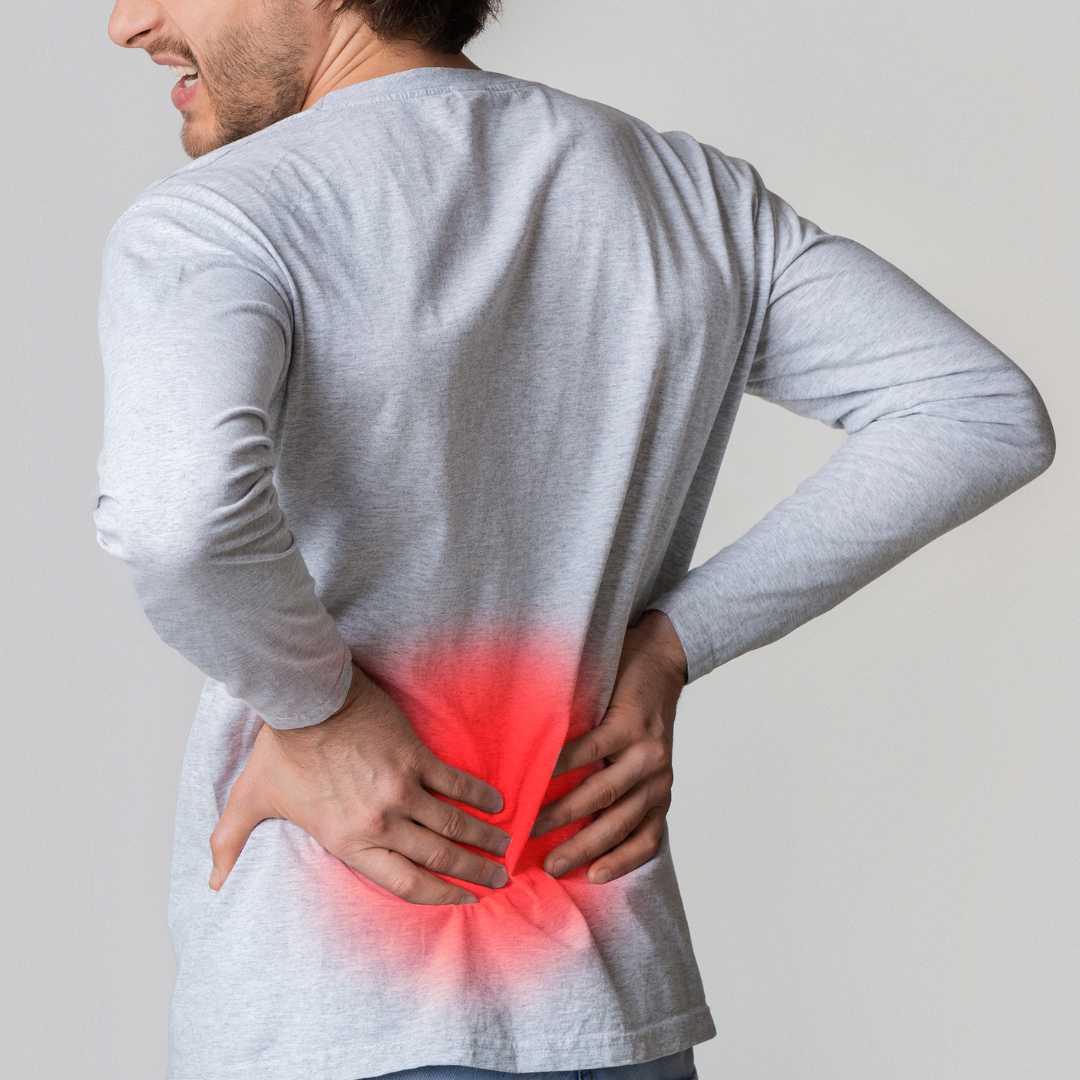
.jpg)
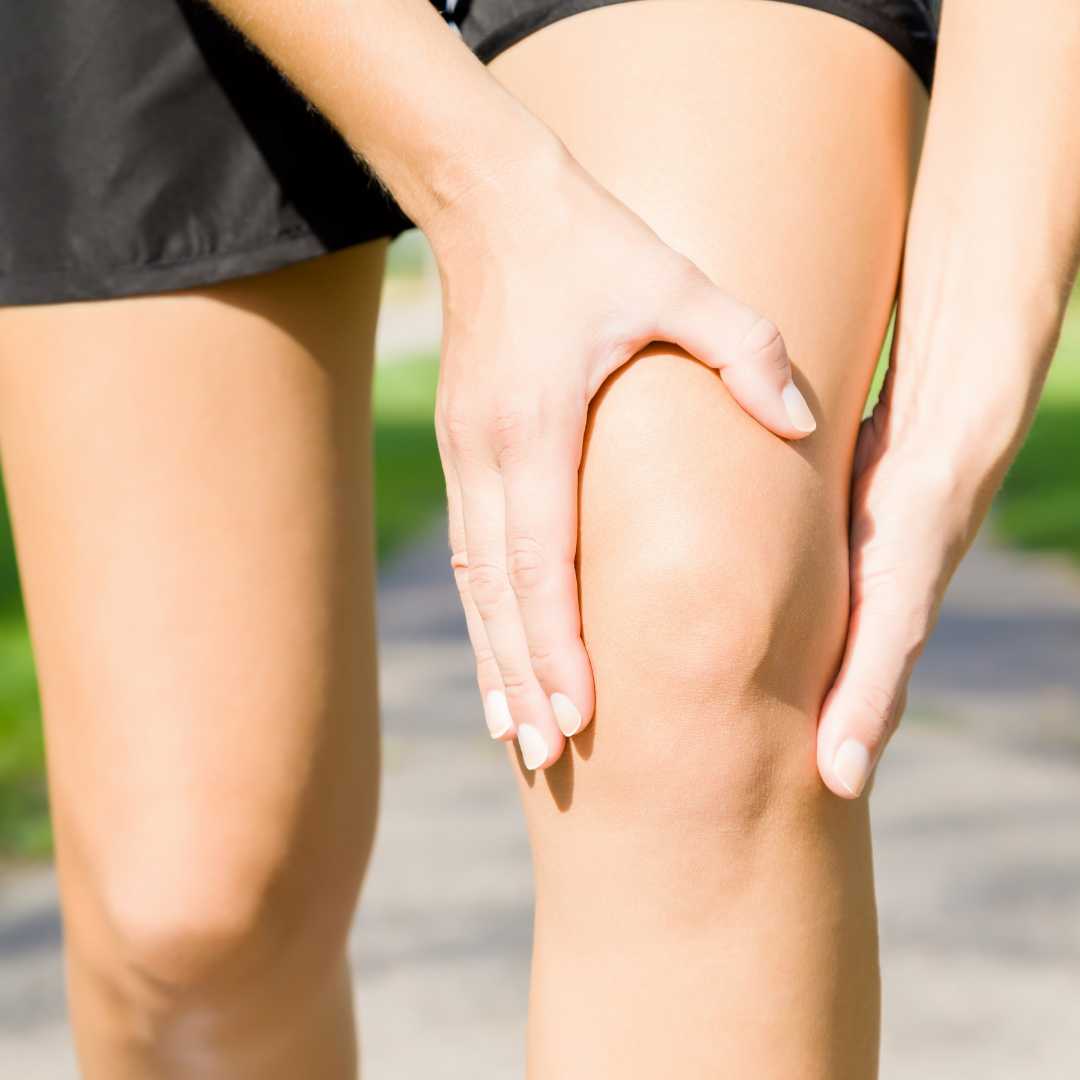


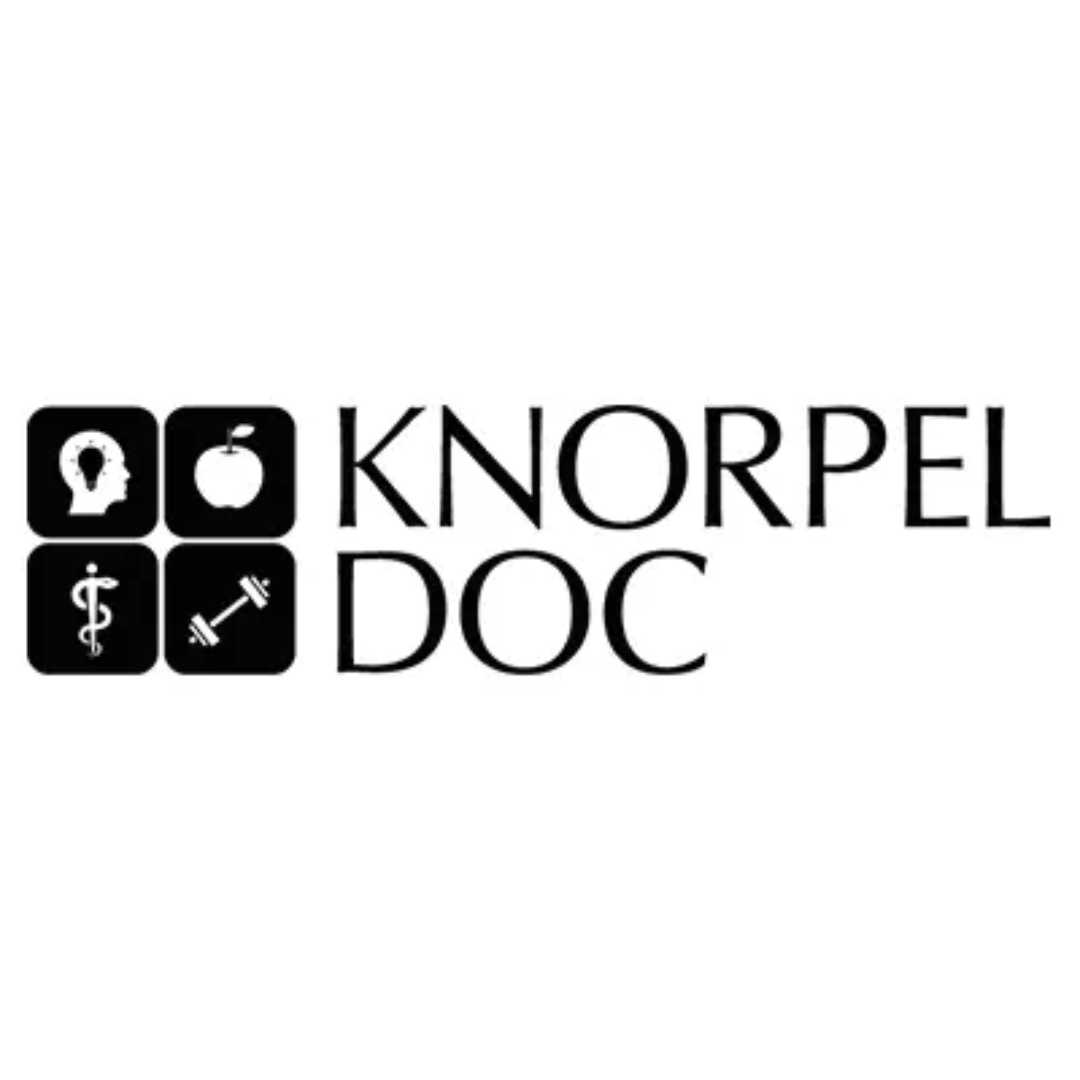
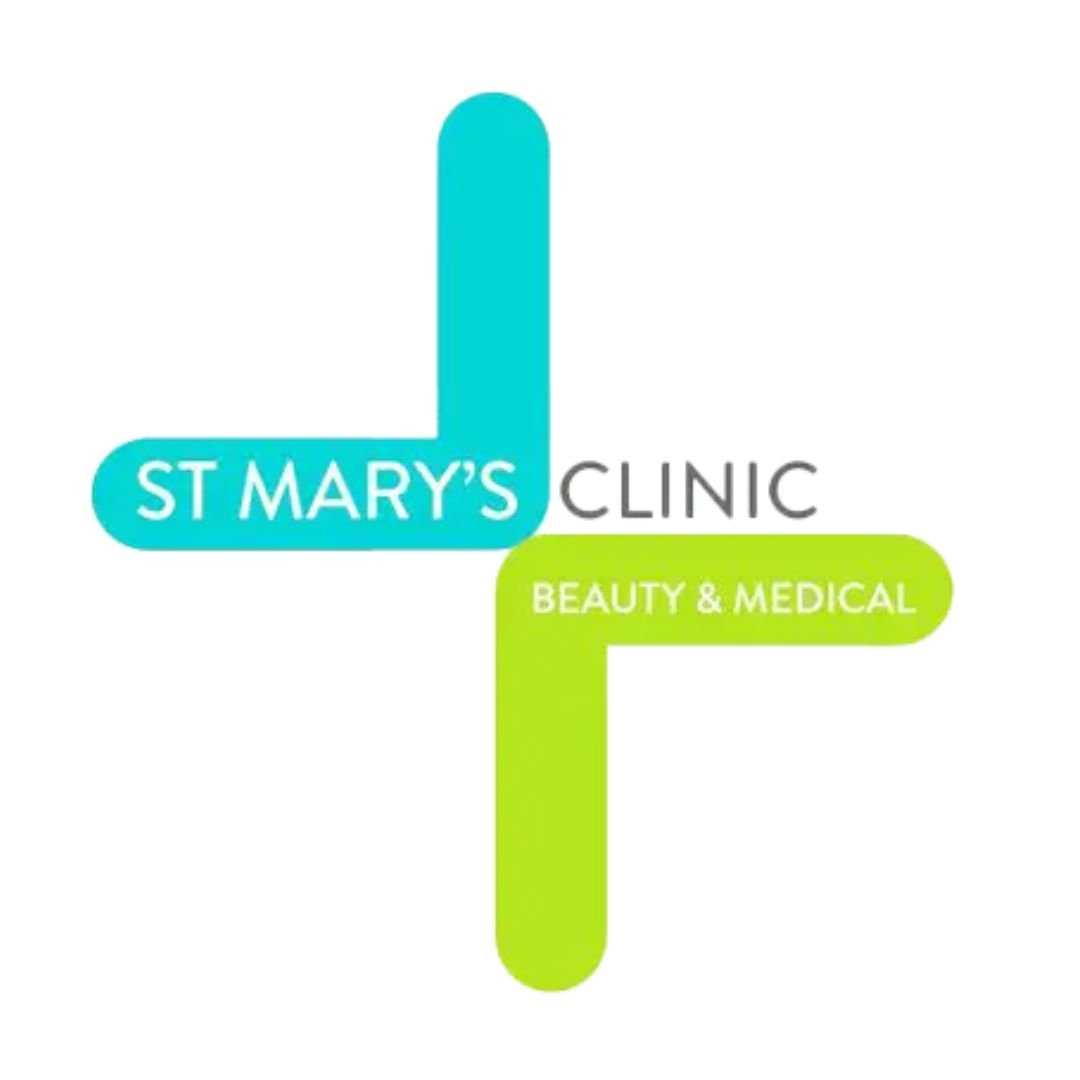

Share this listing